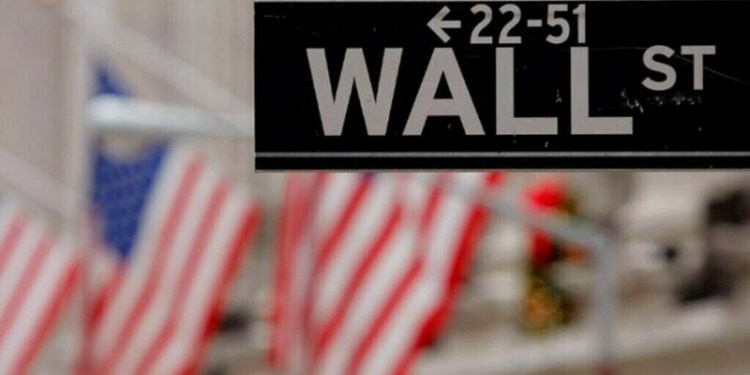Investing.com – Crude oil prices settled higher on Friday as stronger Chinese crude demand and fears over possible supply disruptions offset signs of rising US output.
On the New York Mercantile Exchange for January delivery rose 1.2% to settle at $57.36 a barrel, while on London’s Intercontinental Exchange, gained 1.6% to trade at $63.19 a barrel.
Crude futures started the session on the front foot buoyed by data showing China’s crude oil imports rose to 9.01 million barrels per day (bpd) raising expectations that solid global demand growth would continue to support rebalancing in markets.
That came ahead of the reports showing the number of oil rigs operating in the US rose for the third consecutive week, according to the oil field services company Baker Hughes.
This week’s U.S. rig count, an early indicator of future output, ticked up by two oil rigs to a total of 751, oilfield services firm Baker Hughes reported on Friday.
Signs of growing US output did little deter the current bullish sentiment on oil amid fears over supply disruption after One of Nigeria’s two main oil unions on Thursday threatened to launch a nationwide strike from Dec. 18.
Oil futures ended the week negative following a nearly 3% fall on Wednesday following the release of inventory data which pointed to possible demand weakness after gasoline inventories rose more than expected.
Morgan Stanley said, however, oil prices were entering a phase of “gradual recovery” as demand for petroleum based products continued to outpace its historical average growth ahead of the winter peak period.
Also supporting crude prices was ongoing investor expectations that OPEC compliance with the deal to curb output would remain firm, reducing oil supplies to OPEC’s five year-average.
Fusion Media or anyone involved with Fusion Media will not accept any liability for loss or damage as a result of reliance on the information including data, quotes, charts and buy/sell signals contained within this website. Please be fully informed regarding the risks and costs associated with trading the financial markets, it is one of the riskiest investment forms possible.
Source: Investing.com
























